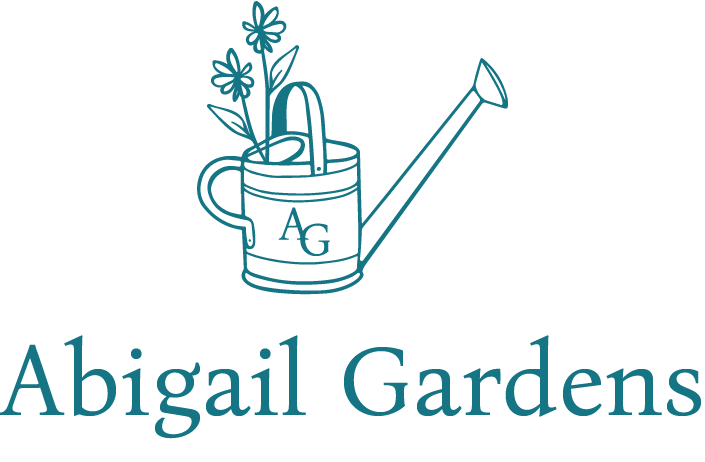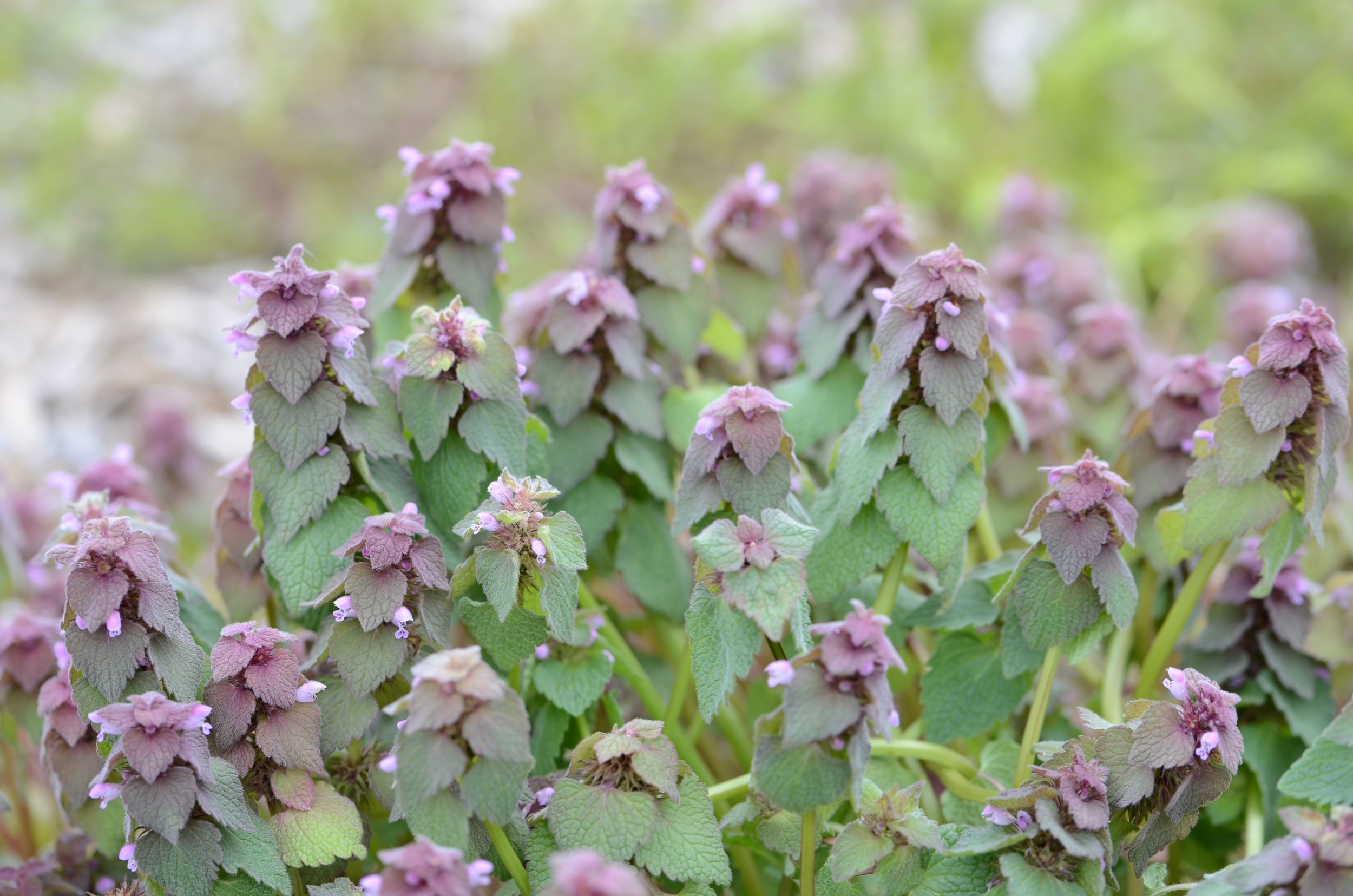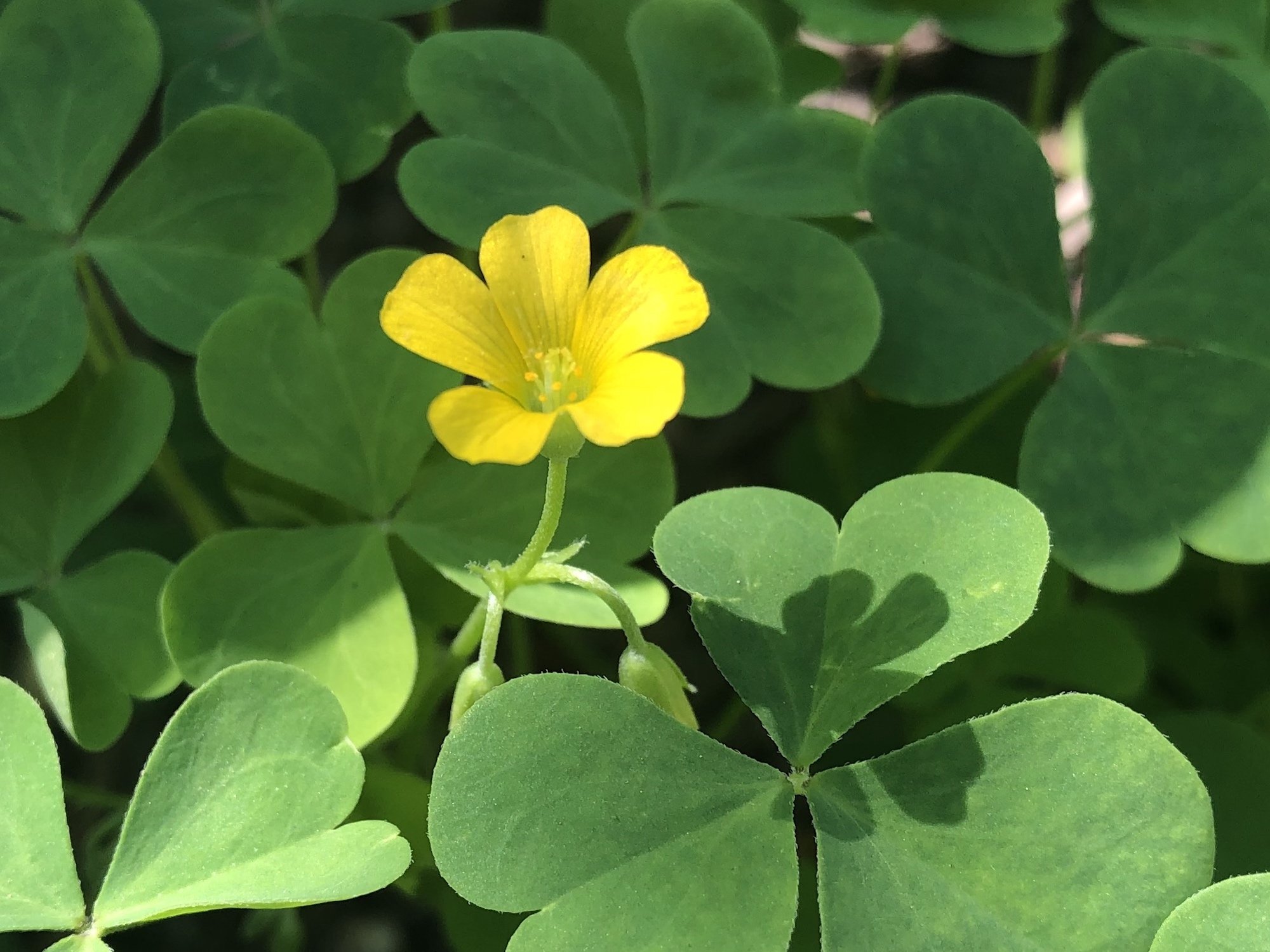Unexpected Edibles
Plants and greenery provide beneficial and necessary nutrients for us and are an important staple in our diet. We typically enjoy the well known fruits, veggies, and greens procured in the grocery store or grown in our own gardens. But, did you know there are some surprising plants that we can find natively in our own backyard that we can eat? There are many surprising things we can forage for, that we won’t find in stores that can add fun colors, textures, and even nutrients to our food. Let’s explore some of these hidden gems!
Purple Dead Nettle - Lamium purpureum
This little medicinal powerhouse is often, as most things on this list, found as a weed in many yards. It’s known for its anti-inflammatory, anti-fungal, and astringent properties among others.
Some characteristics are, fuzzy spade shaped leaves, small tubular light purple flowers, and the upper leaves have a distinct purple tint. It is the leaves and flowers that are the edible parts of this plant.
Henbit - Lamium amplexicaule
In the same family as purple dead nettle, it is often confused for such. Packed with vitamins and minerals such as iron and vitamins A, K, and C, it is another beneficial green. You can frequently find it growing next to or near purple dead nettle which helps highlight the differences. The upper leaves are not stemmed, and the leaves overall are more rounded and lobed. Below is a good diagram pointing out the contrast.
Henbit vs Dead Nettle
Redbud flowers - Cercis canadensis
These pretty little buds add an excellent pop of color to salads and other dishes. They boast a mild sweet flavor, and crisp texture. They are a source of protein, vitamin c, and antioxidants. The Eastern redbud blooms at the end of march, beginning of April, and once the blooms are done, the trees develop heart shaped leaves.
Violas/pansies - Viola genus
A winter time favorite for the garden, these lovely blooms double as a wonderful addition to baked goods, salads, and the like. They are full of antioxidants and anti-inflammatory benefits. What's even better, since they are an annual, they will produce many blooms throughout their season.
Sheep sorrel - Rumex acetosella
Another weed, sheep sorrel is a perennial that flourishes in the summer. Noted for its leaf shape that almost resembles a sheep's head, ears and all. It grows low to the ground and spreads by rhizomes. It has a tangy taste, and has historically been used for its anti-inflammatory properties. Something of note however, due to its oxalic acid content, it should not be consumed in large quantities. This acid binds to calcium and makes it unavailable for use and can cause a deficiency.
Wood sorrel - Oxalis stricta
Often confused for clover, its three leaves are heart shaped instead of round, and have little five petaled flowers. This plant is high in fiber and micro-nutrients, including vitamins A and C, and minerals like magnesium, manganese, and iron. However, like sheep sorrel, it also contains oxalic acid and should not be consumed in large quantities. Both plants are a garnish, not the main course!
Lambs quarter - Chenopodium album
Considered a weed in most regions, young lambs quarter leaves can be eaten raw or cooked and taste similar to spinach. They even have more iron, protein, vitamin B2, and vitamin C than spinach or cabbage. The flowers and stems are even edible and can be ground and added to breads and such.
Dandelions - Taraxacum officinale
Probably one of the most recognizable weeds, the dandelion is a hardy weed growing even in harsh places such as sidewalks. The origin of the name comes from French, “dent de lion,” or lion's tooth, for its jagged shaped leaves. Dandelions are a good source of many vitamins and minerals, and the leaves are often used as an appetite stimulant and digestive aid. They are edible from flower to root. Dandelion tea is commercially available in grocery stores, so you can try this one easily before you harvest your own.
It is important to note however, accurate identification, knowledge of the plants being collected, and mindful foraging is key to our safety and protecting the source from which these tasty greens come from. We should never consume anything we are even slightly unsure of. Also, our aim should be to collect enough to enjoy, but leave plenty for the fauna that enjoy those plants, and make sure to leave enough of the plant that was harvested from, so that it can continue to grow and flourish. Another thing to think about is if the area being harvested from has been sprayed with pesticides or any other chemicals. Keeping all that in mind, just have fun and be creative! Make a dead nettle pesto, add flower garnishes to desserts, dandelion tea, and more.
-Naomi Phillips









